Here’s an article with a personal bent. It’s an Italian Australian immigration story which involves leaving everything you know and moving half way around the world to a place that you don’t know at all, and sometimes, have only just heard of!
It’s the story about how one side of my family decided to take a punt because they wanted something better. This book has been years in the making and my mother wanted to write it so this history wasn’t lost forever. This was from a totally different era that most of us would find completely alien, but this is where I came from – very humble origins.
This book is called Three Trunks and a Cardboard Case. It’s about the emigration of my mother’s from Sicily, Italy to Australia in the early 1950s.
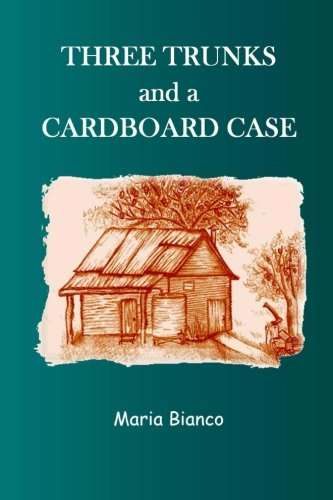
My family on both sides were typical of what happened to many families in post World War 2 Italy. They pretty much had enough of all of the crap of a European war, so they decided to have a go by emigrating to a country half way around the world that the didn’t know much about, didn’t know how to speak the language, and didn’t know what the culture was. And then their new life was cutting sugar cane by hand for a long time for not very much money!
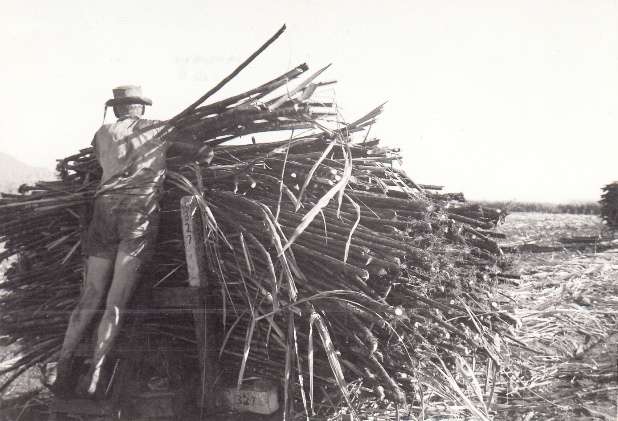
After thinking about it, that’s a big deal – packing up everything from what you know – permanently – for the chance of a better life. And while I really like Italy, I’m glad I live in Australia!
The title of the book literally comes from how much stuff my mother’s family brought to Australia from Italy – the equivalent of 3 wooden boxes and a bit more! Probably way less than what today’s reality TV stars who are famous for doing nothing carry for an overnight trip!
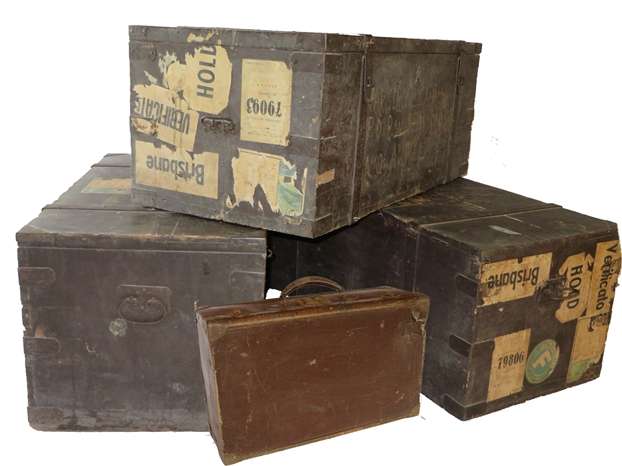
My grandparents left all of their family behind back then – and never set foot in the country again. But I was able to meet some of their brothers and sisters (such as my great uncle who was a cobbler well into his late 80s!) on a trip in 2002 before my grandmother passed away, so I was able to make the mental connection to the physical landmarks. I guess me going back to find my origins is part of a trend called Genealogy travel, just to see what it’s all about.
Many Australians (and travellers from other countries) do this to discover their roots, and I found things make a lot of sense when you see the place where your family history happened.
For example, while the British eat to live, Italians live to eat! And that’s definitely me!
But back to this book. Back in the 1950s, global travel on a mass scale pretty much didn’t exist. And if it did, it was usually a one way ticket out of Europe as part of the mass migration that happened where many were looking for something better somewhere else.
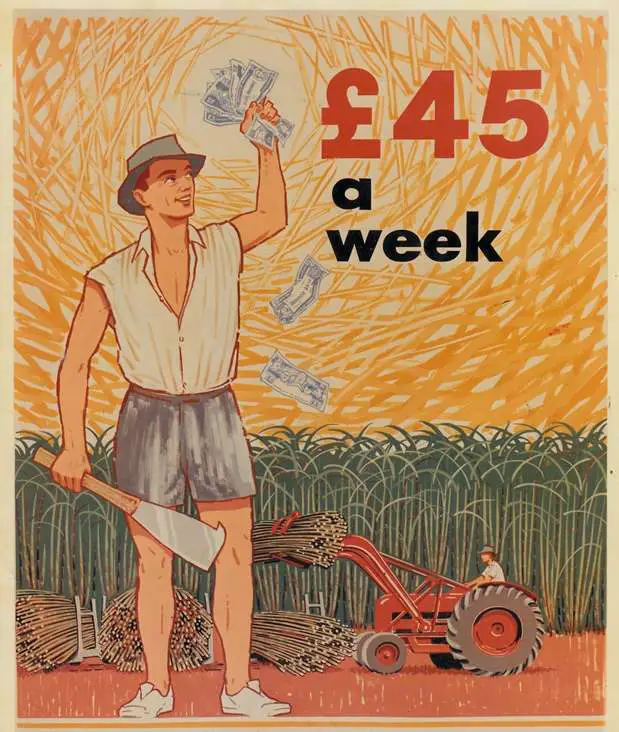
And while the subject matter of the book is pretty serious, there were a number of things that struck me as being a bit unusual when compared to what happens today, because being transplanted from one culture to another, without the aid of being able to do any research or Google stuff, would have been a major culture shock!
So I’m going to highlight a few quirky examples I picked up that would seem completely foreign today! Some of the below stories are direct excerpts from the book.
Some Quirky Italian Australian Immigration Stories!
What the hell are Corn Flakes?
My grandfather ended up coming out to Australia first, with my grandmother and mother and uncle coming out about a year later. When he arrived in Australia, he was issued meal vouchers on a train trip. When he handed in his voucher for a breakfast, he had no idea what Corn Flakes were because he had never eaten them before.
He thought they looked like patatine, or potato chips. So instead of pouring the milk in with the Corn Flakes, he crunched his way through a dry bowl of cornflakes—which didn’t taste like chips—and then promptly drank the milk separately!
Shonky Treatment for Pneumonia before the age of penicillin
In Italy, my grandfather contracted pneumonia during World War 2. Back then, the doctors injected sulpha drugs into him, ordering regular hot packs and cupping therapy, which is where a candle lit inside an inverted cup on his back extinguished itself, causing his skin to be suctioned into the vacuum, forming an airtight seal as the hot air cooled and contracted. This therapy was practiced as early as 3,000 BC and used by the Egyptians, the Chinese and by Hippocrates in Greece. It helped stimulate blood flow, temporarily easing pain and congestion. This then caused his lungs yielded a murky brown liquid, expertly syphoned through large syringes inserted into his back. Yucko! Give me antibiotics any day!
Food Cravings!
Most of us love travel because of the new and tasty food that’s on offer. But sometimes, we might miss that comfort food that you can only get at home (for example, Vegemite!). Anyway, Italians use olive oil for almost everything. However, Australia wasn’t quite up with European culinary trends out there in the 1950s, so before my grandmother came out to meet my grandfather, he asked her to bring out some olive oil from Italy because he was sick of cooking with lard, or pork fat, when his nostrils craved the aroma of freshly pressed olives from flourishing olive trees!
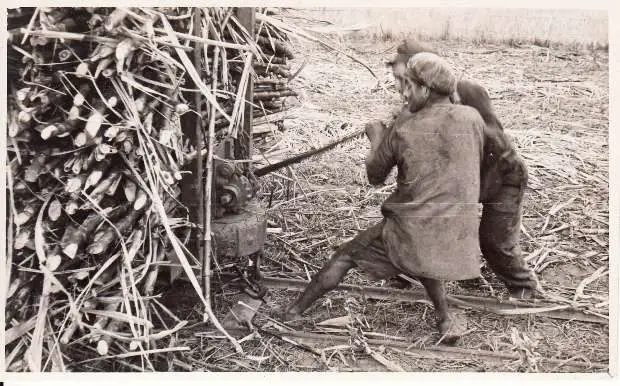
‘Alien Registration’
Most of us don’t bat an eyelid when we fill in an arrival card for a temporary stay in a new country, or sometimes I’ve seen them listed as the strangely titled ‘alien registration card’. But when my family arrived in Australia, they were all issued an “Alien Registration Certificate” which required notification of change of occupation, employment, etc. or incur fine of 50 pounds (in today’s dollars, around $1981) or risk 3 months imprisonment. I’m guessing that’s one arrival card you don’t want lose!
Making Shoes From old Saddles
Yes, everything was recycled. I’ve seen shoes in Tanzania made from old car tyres. And during the wet season in Northern Australia, when it pisses down from a great height, there’s not too much to do because the torrential rain stops everything! So my grandparents decided to create shoes for themselves with scant knowledge of seamstress skills by creating shoes and boots out of old, discarded saddles hanging in the stable. It definitely wasn’t a throwaway society as it is these days!
How did he do it? He cut a shape from his one pair of shoes, sandwiched several layers, a thicker part for the heel, a piece for the top, all held together with tiny cobbler tacks available from the shoe and drapery store in town. Soon, the entire family had casual scuffs to wear on the bare concrete floor—not the ultimate in fashion stakes, but genuine all-leather, custom-made footwear!
Making Sausages – with Beer Bottles
Making sausages, half pork and half beef, were labour-intensive and when you don’t have a sausage maker, you require some improvisation. The beef topside piece was chopped and ground with a hand mincer. A pig head was cleaned of all its flesh. The pork and rind resisted mincing in the small mincer, so a new sugar cane knife, shaped with a shortened blade and handle, served as a powerful blade for chopping the pork meat and rind very finely on a wooden block. Mixed with the minced beef and seasoned with salt and freshly ground pepper, it was ready for the casings. These, also available from the butcher, were rubbed inside and out with salt and rinsed with water. The hand mincer had only grinding blades, with no sausage-making attachments, so a trusty beer bottle was called into action.
The sharp-cornered edge of a file, the type used for sharpening cane knives, painstakingly scored a groove around the lower, wider part of the bottle neck. Pouring cooling water over it alleviated the risk of chipping, as the file gradually etched its way around, almost all the way through. At that point, with the bottle supported on a block of wood, the neck was gently tapped with another small block to weaken the cut, until the long, tapering neck was cautiously snapped off. Sharp edges were carefully filed down, rounded and smoothed, and voilà—a tapered, glass sausage-maker!
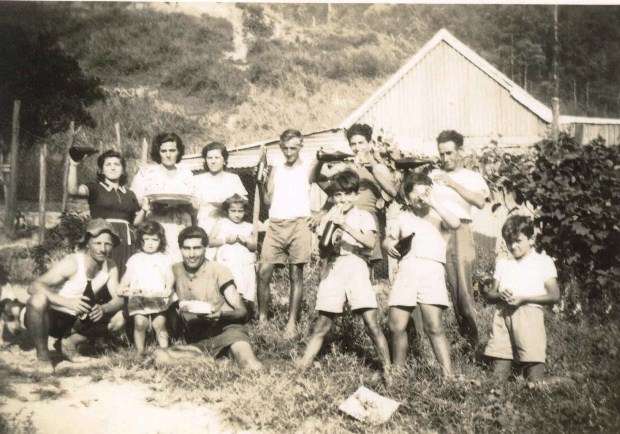
My grandmother then eased a length of casing onto the slender part of the neck, bunching it up like a sock. She tied the end of the casing with sewing cotton and proceeded to feed handfuls of sausage meat into the wider part of the neck, pushing the meat through into the casings. ‘Bursting a bubble’ was essential to the serious business of sausage-making. Stuffing the meat through the bottle neck with her hands produced numerous air pockets, so prompt, frequent pricking with a safety pin was essential to forestall a sausage hernia. Length by length, she fed it through, the finished product placed in the fridge for cooking the next day—low-fat beef and pork sausages, with nothing added other than salt and pepper.
No Vet? A Doctor will do!
There’s nothing like sweet talking your local general practitioner to help fix up man’s best friend when he’s ill. When there isn’t a vet in town, there’s no other option but going to a human doctor to make him learn dog anatomy to fix up your pet!
So if you’re interested in real travel stories that involve people travelling because they are searching for a better life instead of having the privilege of taking a break from work, check out Three Trunks and a Cardboard Case!
Great post and a great book idea! I knew I liked your blog from the first time I stumbled onto it but could never figure out why. It’s the shared Italian heritage! My family immigrated to the United States from Italy. I retraced those steps recently in a visit to Ellis Island that was very moving – http://thewanderinggourmand.com/a-visit-to-ellis-island-and-a-wake-up-call/
I’ve been to Ellis Island too and could relate to the stories there. Maybe we both have that slightly chaotic Italian thing in our blood!
Great blog site. Have read the book,Three Trunks and a Cardboard Case. Interesting, good stuff. And the stories of wonderful food – wow – so glad the Italian workers have made this country so much better. Food, friends and family – all ya need really!
Cool!
Nice article on Three Trunks and a Cardboard Case Anthony. I found it difficult enough coming over as a ten-pound-pom but without the language and a custom barrier as well it would have been a horrendous culture shock. Can’t wait to read the book! Fantastic photos and cover design too.
Hope the book goes well!
I’ve just read your Mum’s book Anthony, and I love it. Your mention of her parents not having Google to turn to, to learn something about the country, jumped me back to the chapter where Nunzia didn’t know where her husband or son were during a Big Wet. My first thought was ‘why didn’t she ring someone?”. Of course not. No telephones, no transport, no electricity, away up in the mountains above Mossman. This is a beautiful, memory jogging book and all migrants and/or FNQ citizens should read it. Congratulations to your Maria Bianco. And to you for your great blog.
Thanks for the great feedback!